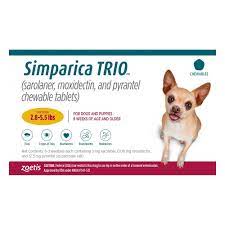Dog Containment Systems Reviews
Practically everyone has one pet or the other; a dog, cat, rabbit or even parrots. Rearing a dog not only includes feeding it regularly but also on giving it correct training in various matters, including containment in restricted areas through the use of a dog containment system.
There are different forms of dog containment systems; the indoor containment system, the wire containment system and the wireless containment system.
[tcb-script type=”text/javascript”]amzn_assoc_placement = “adunit0”;amzn_assoc_search_bar = “false”;amzn_assoc_tracking_id = “howpick-20”;amzn_assoc_ad_mode = “manual”;amzn_assoc_ad_type = “smart”;amzn_assoc_marketplace = “amazon”;amzn_assoc_region = “US”;amzn_assoc_title = “<strong>Dog Containment Systems</strong>”;amzn_assoc_linkid = “95461c3d804d14131fc9e08ae9227a82”;amzn_assoc_asins = “B000A76ZYS,B0001ZWZ8O,B0055L8RRC,B00K2DG8UG”;[/tcb-script][tcb-script src=”//z-na.amazon-adsystem.com/widgets/onejs?MarketPlace=US”][/tcb-script]
The indoor containment systems, as the name suggests, are for containing the dog while indoors. One can use pet gates which are available in different sizes, designed for use at the top or bottom of stairs, doorways and other openings.
Some are hardware-mounted, and others are pressure-mounted. Using dog doors provides freedom to both you and the dog, as you can install it in such a way that the dog can let himself in and out on his own.
Those having sliding patio doors can go for patio door panels that work like standard sliding doors. There is even the self-locking automatic dog door system for your convenience and security.

